My Hero is You, Storybook for Children on COVID-19
nat rosasco • April 16, 2020
Produced by a collaboration of more than 50 organizations working in the humanitarian sector, including the World Health Organization, the United Nations Children’s Fund, the United Nations High Commissioner for Refugees, the International Federation of Red Cross and Red Crescent Societies and Save the Children. This heart-warming, beautifully illustrated book, aimed at 6-11 year-olds, explains how children can protect themselves, their families and friends from coronavirus and how to manage difficult emotions when confronted with a new and rapidly changing reality. During the early stages of the project, more than 1700 children, parents, caregivers and teachers from around the world shared how they were coping with the COVID-19 pandemic. The input was invaluable to the project team in making sure that the story and its messages resonated with children from different backgrounds and continents.
In order to reach as many children as possible, the book is being widely translated, with a number of language versions released today and more than 30 others in the pipeline. All language version can be found at the link below. It is being released as both an online product and audio book.
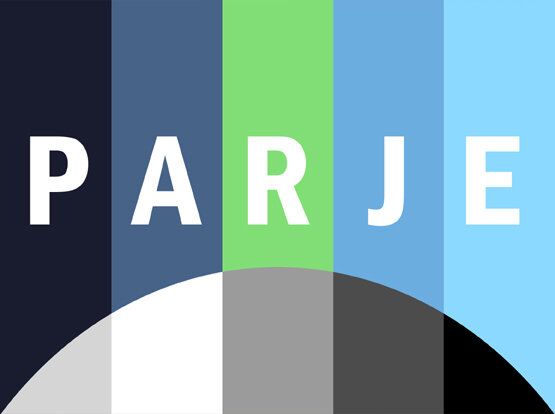
Public Art for Racial education is an organization that believes that public art has an important role in racial justice awareness. They commission and engage artists to create public art in and for each of their communities. Through public art and accompanying public programs, PARJE believes we can better understand our true history, and it can help us to appreciate the rich diversity of our human family and challenge us to be engaged in contemporary racial justice issues.
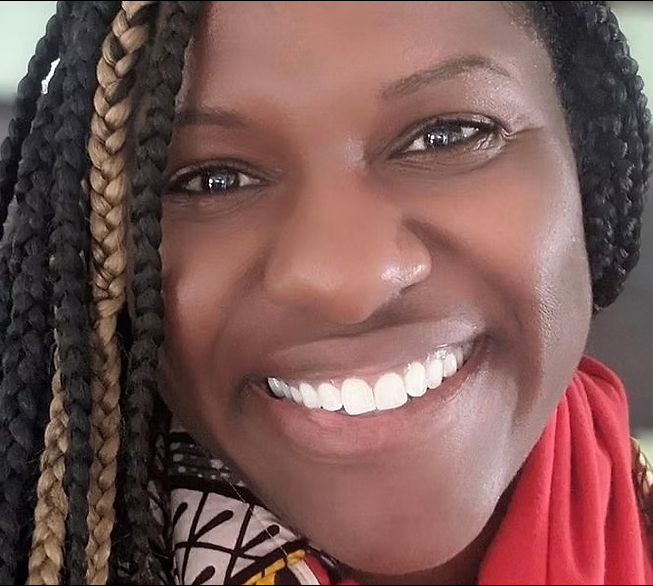
Nicole M Brewer is a passionate advocate for anti-racist theatre. She has spent the last fourteen years refining and practicing an inclusive method of theatre training and practices which she calls Conscientious Theatre Training (CTT). She has authored four articles about the need for the theatre industry to shift from racist and oppressive models to anti-racist and anti-oppressive.
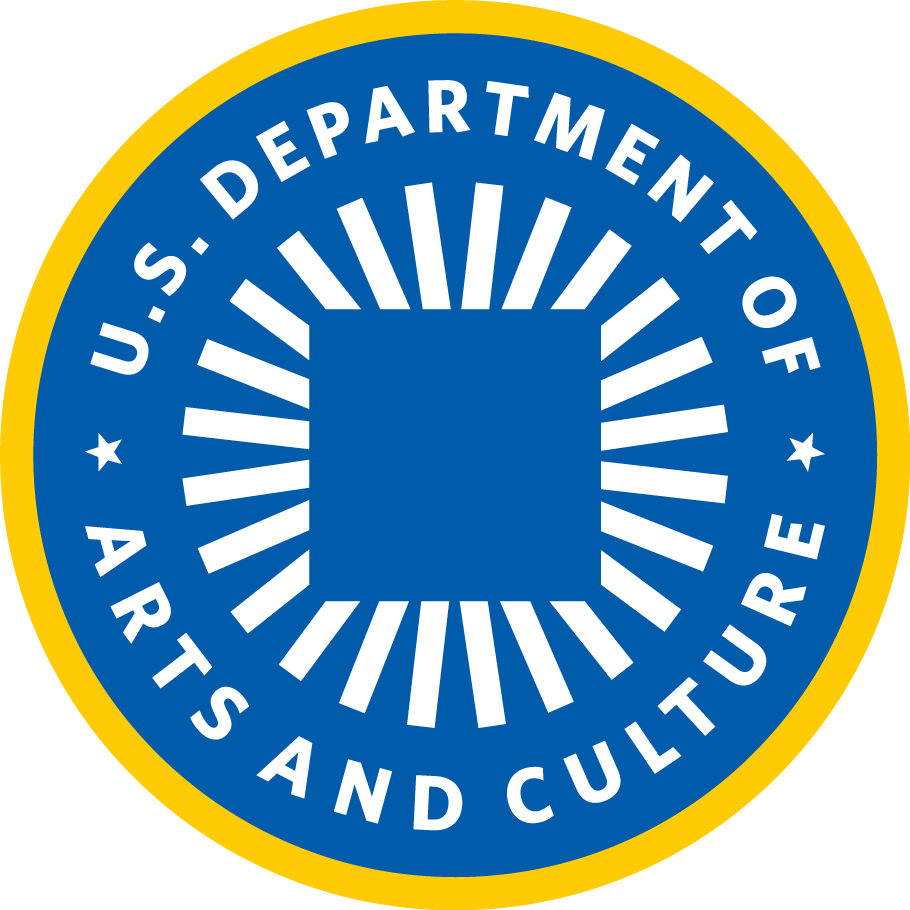
The U.S. Department of Arts and Culture is building a world where every cultural organizer feels connected to and recognizes their critical role in a vibrant movement for liberatory change. The Art & Well-Being: Toward A Culture of Health is a free guide for artists who place their gifts at the service of healing, working for both individual and collective well-being, recognizing social justice as the foundation of a culture of health.

La CASA (Center for Arts, Self-determination, and Activism) is a transformative $33 million initiative by Inquilinos Boricuas en Acción (IBA) in Boston's South End.This four-story facility will consolidate IBA's diverse programs—including affordable housing, education, financial empowerment, and arts—under one roof, enhancing access and community outreach.Supported by a $20 million New Markets Tax Credits allocation and $12 million in tax-exempt bond financing led by TD Bank, La CASA exemplifies a strategic partnership aimed at fostering socio-economic mobility.Upon its anticipated completion in 2026, La CASA is projected to serve over 2,500 individuals annually through resident services and youth development, with an additional 5,000 benefiting from its arts programming, reinforcing its role as a beacon for Latino culture and community empowerment in Boston.
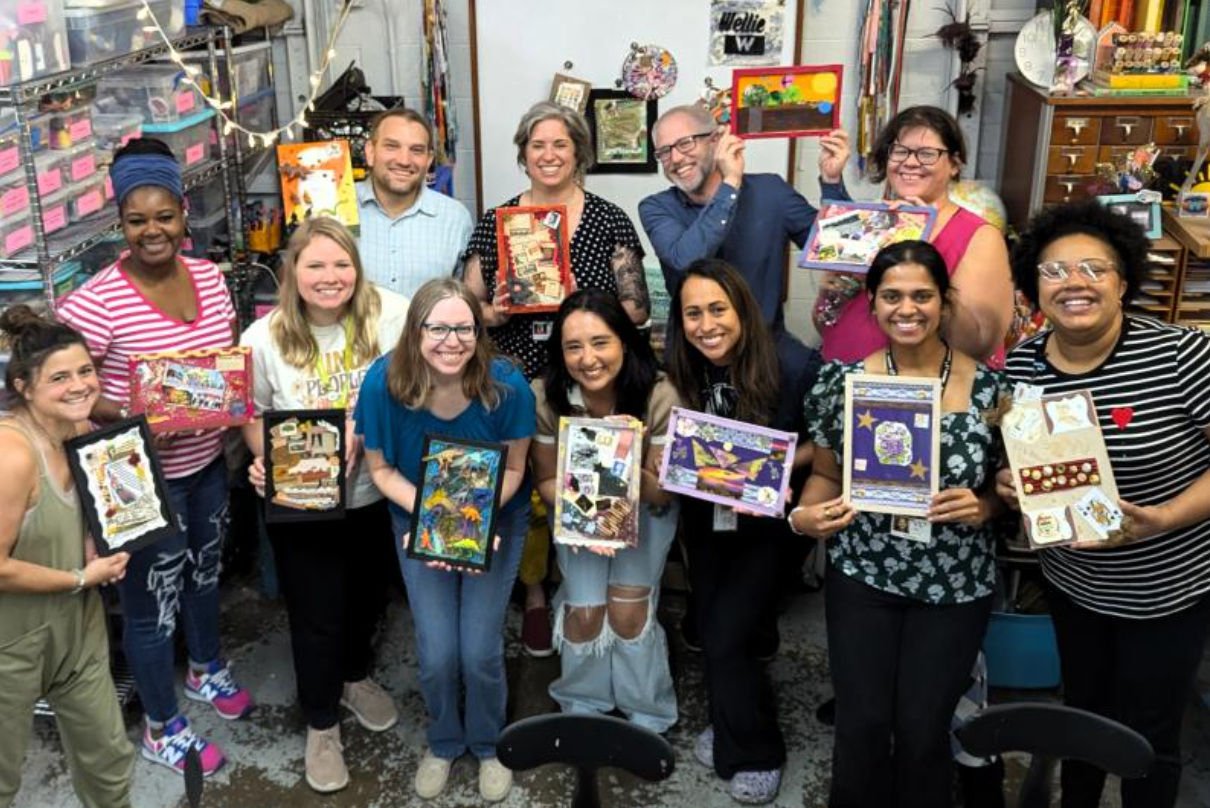
The Welman Project aims to support educators by making the reuse of materials a resource for creativity in the classroom, and to increase arts participation in underserved groups. They serve educators, artists, makers, and families through three main programs: the Educator Resource Program, the Curiosity Shop, and their Creative Reuse Education Program. They are dedicated to using the arts as a space for healing and confronting social injustice.
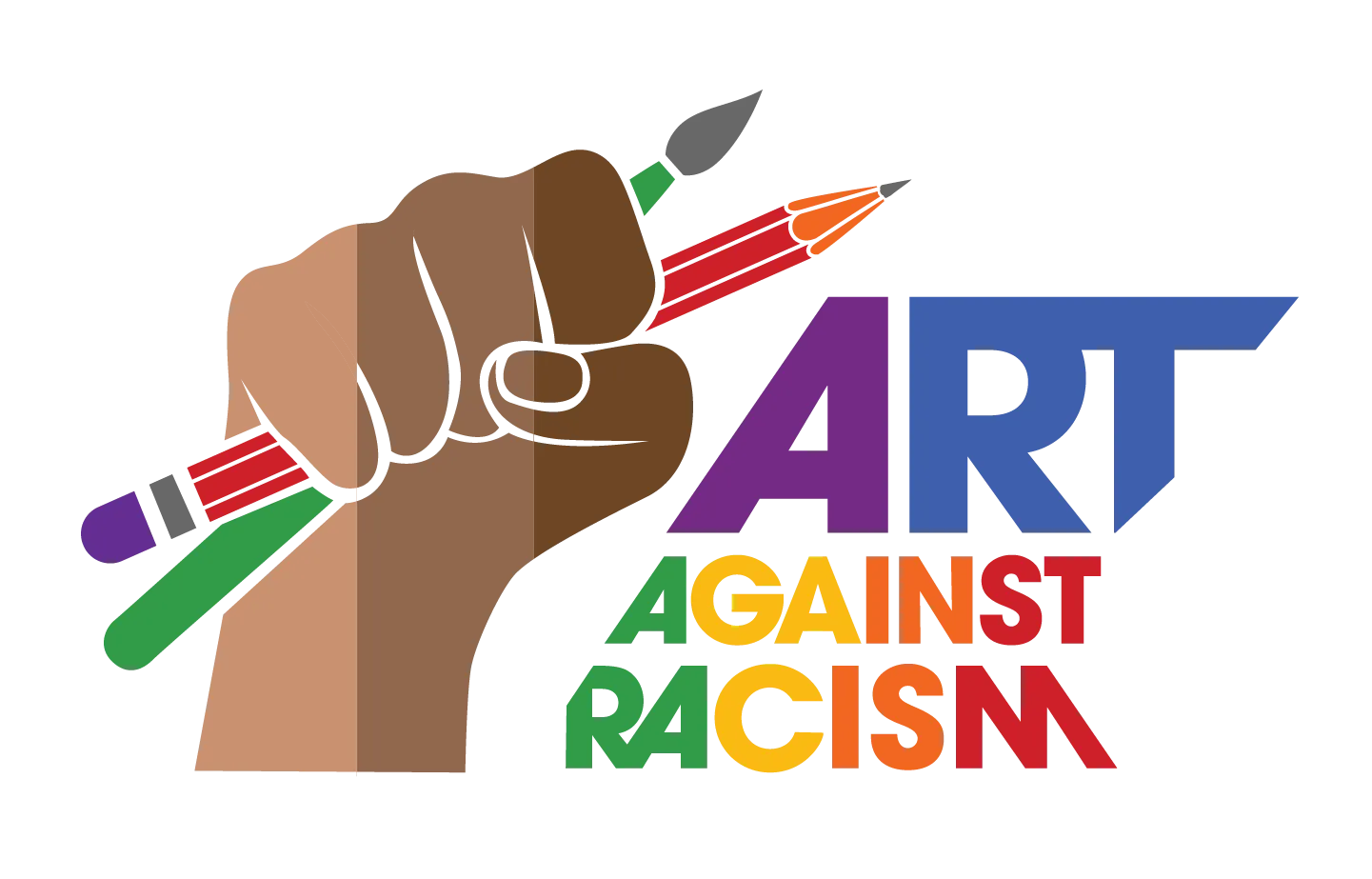
Art Against Racism is a virtual arts exhibition which aims to lift up the tremendous array of creative works made in support of the Black Lives Matter movement. In doing so, project organizers hope that the exhibition will serve as an archive of the national artistic response to this historic moment.



